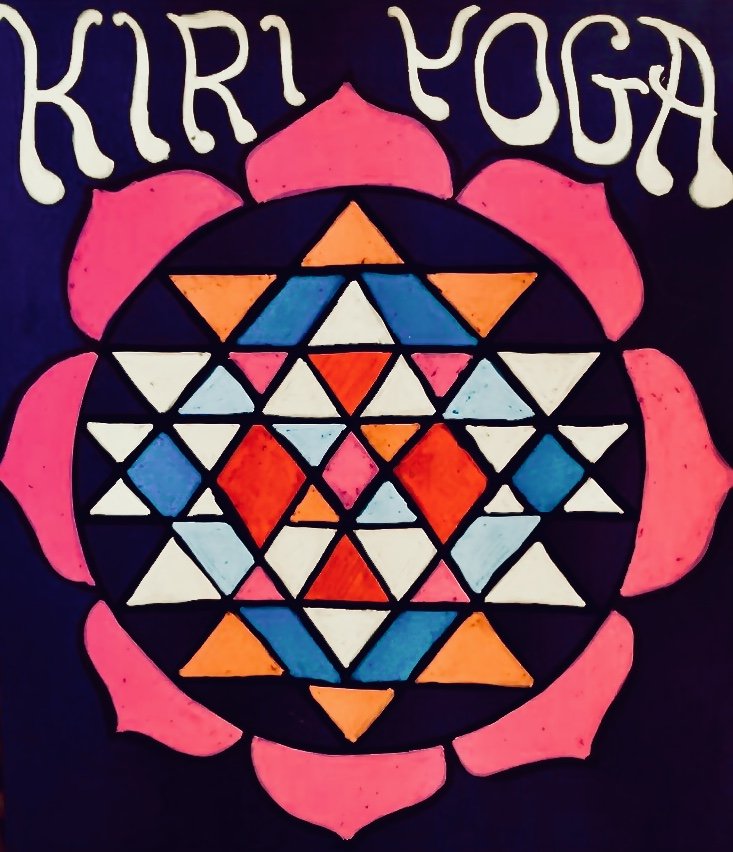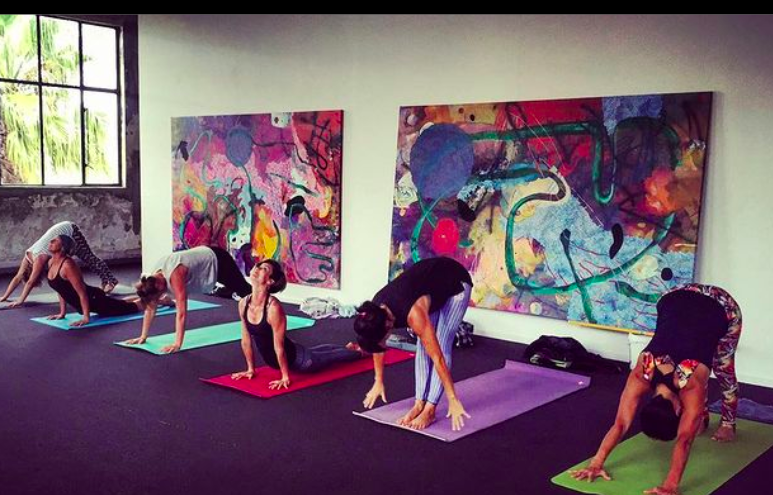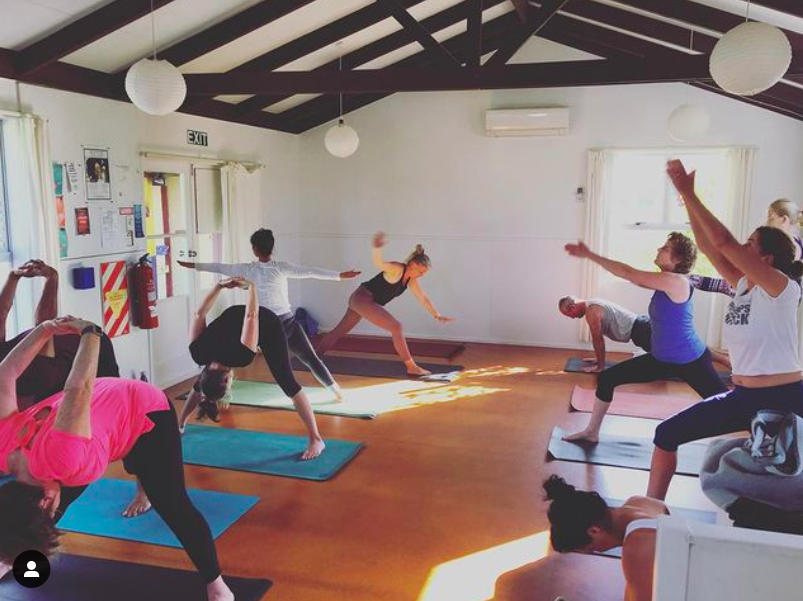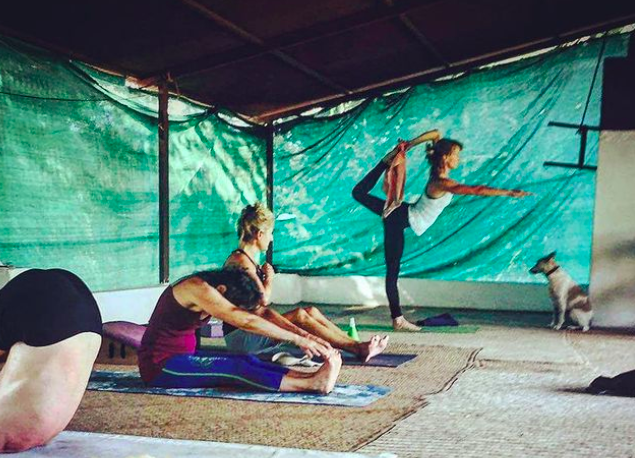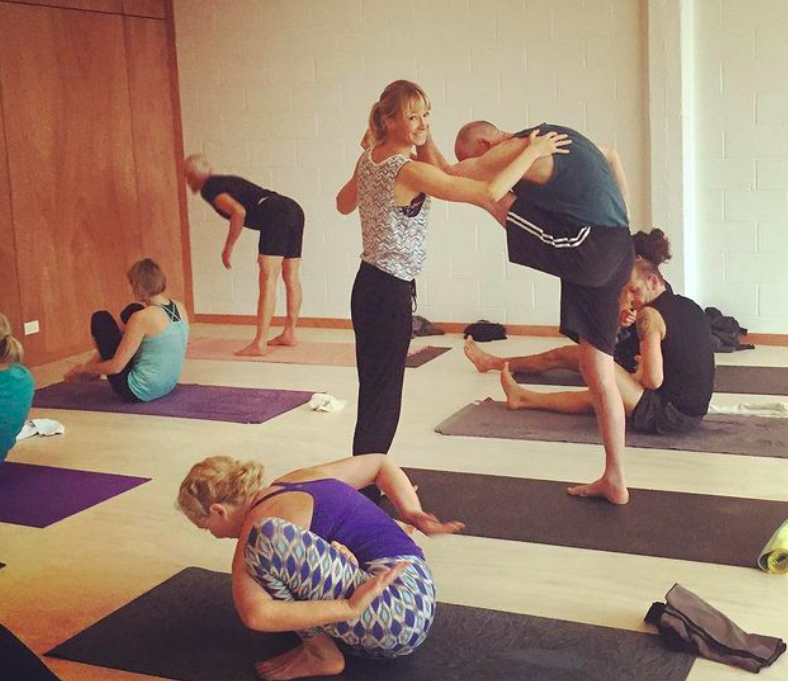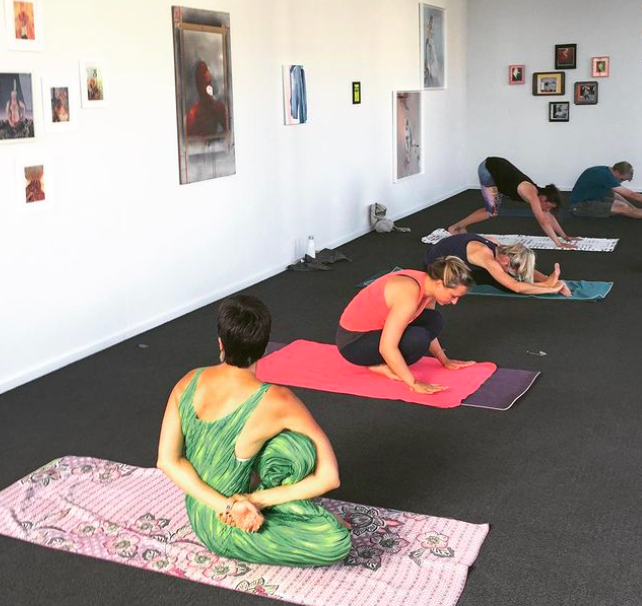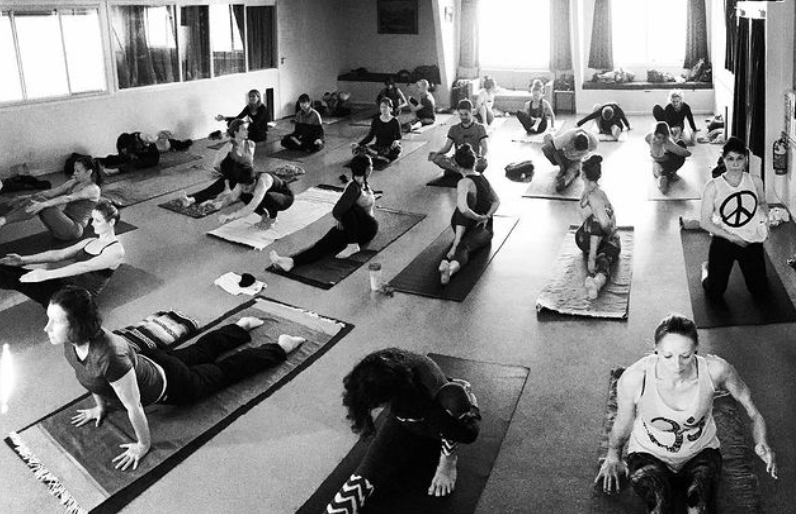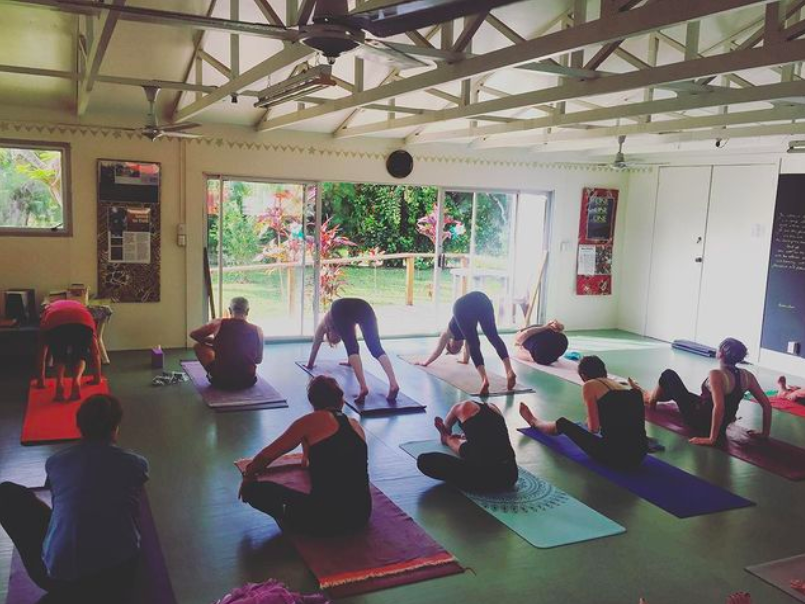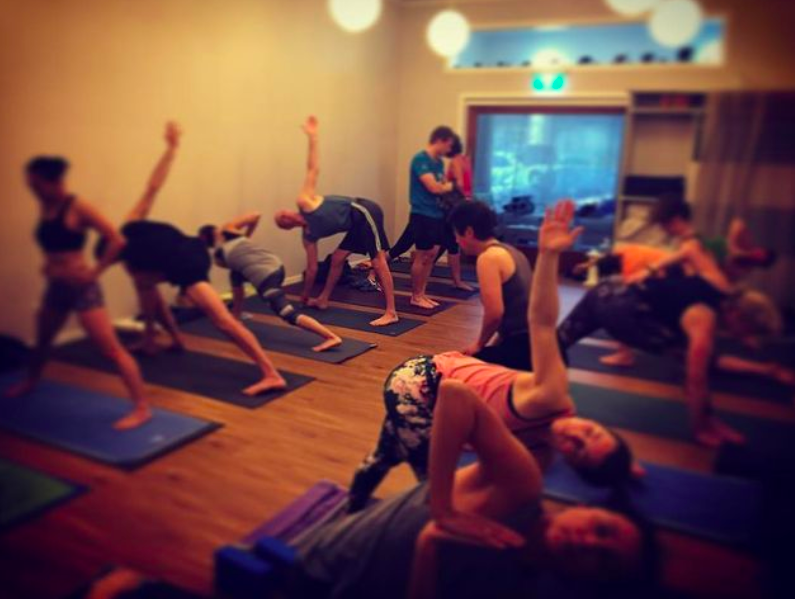It might be useful to read of the information below before coming to class. Ashtanga yoga follows a specific sequence of postures with particular focus on breath, movement, and concentration. The sequence of postures in Ashtanga Yoga is designed to build strength, improve flexibility, develop discipline and increase focus. I encourage you to commit to more than one session to start to understand its effects. It's important to note that Ashtanga Yoga can be physically demanding, and students are encouraged to move at their own pace and modify postures as needed. With time you learn much more than the physical practice, we also develop patience, discipline and self compassion. If you have any questions about how to start please message me.
What is the Ashtanga sequence?
Ashtanga Yoga is a traditional style of yoga that follows a specific sequence of postures and is characterized by its focus on breath, movement, and concentration. The sequence of postures in Ashtanga Yoga is designed to build strength, flexibility, and endurance while also developing mental and spiritual well-being.
Here is an explanation of the Ashtanga Yoga sequence:
Opening Sequence (Surya Namaskara A and B):
Sun salutes warm up the body and prepare it for the more challenging postures.
Standing Sequence:
This part of the sequence includes a series of standing poses that focus on balance, strength, and flexibility. Postures like Trikonasana (Triangle Pose) and Parsvottanasana (Intense Side Stretch) are part of this sequence. The hips and hamstrings and the whole posterior line of the body will be come more flexible with regular practice.
Primary Series (Yoga Chikitsa):
This is the most important part of the Ashtanga Yoga practice. It consists of a specific sequence of postures that are intended to purify and align the body. These postures include forward bends, backbends, and inversions.
Intermediate Series (Nadi Shodhana):
After mastering the Primary Series, students can progress to the Intermediate Series, which focuses on cleansing the nervous system and opening energy channels in the body.
Advanced Series (Sthira Bhaga):
This series includes four advanced sequences, with each subsequent series being more physically demanding and requiring a high level of strength, flexibility, and dedication.
Finishing Sequence:
The practice concludes with a set of postures that are designed to cool down the body and promote relaxation. It includes poses like Sarvangasana (Shoulder Stand) and Padmasana (Lotus Pose).
Throughout the Ashtanga Yoga practice, the emphasis is on linking breath with movement, maintaining a strong drishti (gaze), and developing a steady and consistent practice. The sequence remains the same for each session, allowing students to progressively deepen their practice over time.
What is Mysore ?
•Mysore is a town in South India where Sri K. Pattabhi Jois lived and taught ashtanga yoga mostly one to one. Now in ‘Mysore’ classes anywhere in the world students learn the sequence individually but within a group setting. This style of class allows you to learn at your own pace and receive more individual instruction than in a typical group led class. All levels are welcome from new beginners to advanced practitioners.
A Mysore class provides an opportunity for practice in quiet focus and meditation in motion. The room is largely silent, except for the steady rhythm of breathing. The led classes were only introduced in K. Pattabhi Jois's senior years.
What can I expect in a Mysore class?
•Mysore style is different to a led class where you are usually led through many different poses. In a Mysore class you are taught to memorise your practice, so you learn step by step. If you are new to yoga, in the first class you'll learn how to breathe slowly and fully and move through the Surya Namaskara (Sun salute A + B) The role of the teacher is to guide as well as provide adjustments or assist in postures for everyone in the room.
Can beginners do Mysore classes even if they don’t know the sequence?
•Mysore is great for beginners as you get lots of support and personal instruction from the teacher. In a Mysore class you learn to memorise each pose and the sequence while gradually building up your strength and stamina. You can do as much or as little as you need. You’ll get much more individual support and feedback in a Mysore-style class compared to a led class.
